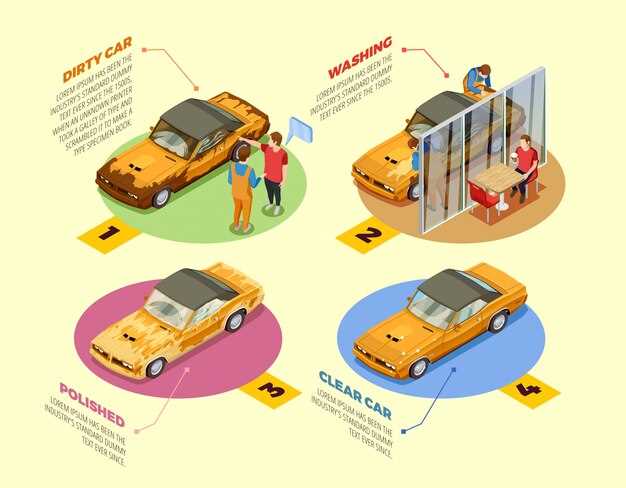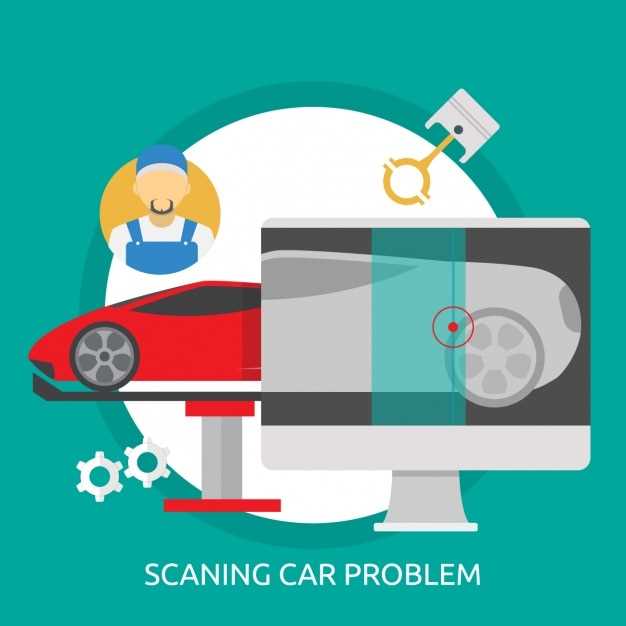
When it comes to choosing a vehicle, safety is a paramount concern for many drivers. Manufacturers like Ford prioritize the well-being of their customers by investing in rigorous safety standards and comprehensive crash tests. These evaluations not only gauge the structural integrity of vehicles but also assess the efficacy of safety features in real-world scenarios.
The significance of crash test ratings cannot be overstated, as they provide potential buyers with crucial information about the safety performance of various models. Leading organizations, such as the National Highway Traffic Safety Administration (NHTSA) and the Insurance Institute for Highway Safety (IIHS), conduct extensive testing to determine how well vehicles protect passengers in the event of an accident. Ford’s commitment to safety is reflected in its impressive ratings across its lineup.
A deeper understanding of these ratings reveals not only the safety capabilities of Ford vehicles but also highlights the advancements in engineering and design approved by safety experts. As automotive technology progresses, the criteria for these tests evolve, making it essential for consumers to stay informed about the latest findings and how they relate to their preferred Ford models.
Understanding the Testing Procedures Used for Ford Vehicles

Ford follows rigorous testing procedures to ensure the safety and performance of its vehicles. These tests are crucial for obtaining accurate crash test ratings that reflect real-world scenarios. The procedures can be divided into several phases:
- Preliminary Assessment: Before crash testing begins, vehicles undergo a detailed evaluation of their design, materials, and safety features. This initial assessment helps identify potential vulnerabilities.
- Crash Test Types: Ford utilizes various types of crash tests, including:
- Frontal Crash Tests: Simulating head-on collisions, these tests examine how well the vehicle protects occupants during a frontal impact.
- Side Crash Tests: Assessing lateral impacts, these tests determine the effectiveness of side airbags and overall vehicle structure.
- Rollover Tests: Evaluating the vehicle’s stability, these tests analyze how likely a vehicle is to rollover during extreme maneuvers.
- Dummies and Sensors: Advanced crash test dummies equipped with sensors simulate human responses during impacts. These dummies provide critical data on potential injuries.
- Data Analysis: After conducting crash tests, engineers review the data collected from sensors. This analysis helps improve vehicle safety through design modifications.
- Compliance with Standards: Ford ensures that its vehicles meet or exceed safety standards set by organizations such as the National Highway Traffic Safety Administration (NHTSA) and the Insurance Institute for Highway Safety (IIHS).
Through these comprehensive testing procedures, Ford aims to deliver vehicles that prioritize passenger safety while enhancing performance, ultimately reflecting positive crash test ratings.
Comparative Analysis of Crash Test Ratings Across Ford Models

The crash test ratings of Ford vehicles play a crucial role in determining their safety performance. Various models are assessed through standardized tests conducted by organizations like the National Highway Traffic Safety Administration (NHTSA) and the Insurance Institute for Highway Safety (IIHS). This analysis presents a comparative overview of these ratings to highlight the strengths and weaknesses of leading Ford models.
In recent evaluations, the Ford F-150 has consistently received high marks, excelling in frontal impact tests. Its robust frame and advanced safety technologies contribute to superior ratings in both the NHTSA and IIHS assessments. Additionally, features such as adaptive cruise control and lane-keeping assist have enhanced its overall crash performance.
Looking at the Ford Explorer, it also showcases impressive ratings, particularly in side-impact and rollover tests. Enhanced structural integrity and the inclusion of features like side airbags and stability control have made it a reliable choice for families. However, comparisons reveal that the Explorer sometimes lags behind the F-150 in frontal crash ratings.
In contrast, the Ford Mustang, while celebrated for its performance, tends to have mixed results in crash tests. Although it performs well in certain categories, its sporty design limits some safety features found in more family-oriented models. Thus, individuals prioritizing performance might find slightly lower ratings in specific tests compared to larger Ford vehicles.
Finally, the Ford Escape, a compact SUV, demonstrates solid ratings, especially in pedestrian safety tests. Its design incorporates active safety features aimed at reducing collision risks, making it a strong contender in the small SUV segment. Nevertheless, it does not always match the high ratings of its larger counterparts like the Explorer.
Overall, while Ford models generally receive favorable crash test ratings, variations exist among different types. Understanding these ratings helps consumers make informed decisions about vehicle safety based on their personal needs and preferences.
Implications of Crash Test Ratings on Vehicle Safety and Consumer Choices
Crash test ratings serve as a critical benchmark for evaluating vehicle safety standards, providing potential buyers with essential information regarding how a vehicle might perform in the event of an accident. These ratings are derived from rigorous assessments conducted by various safety organizations, such as the National Highway Traffic Safety Administration (NHTSA) and the Insurance Institute for Highway Safety (IIHS). The results influence consumer perceptions and decisions when selecting a vehicle.
High crash ratings indicate that a vehicle is more likely to protect its occupants during collisions, which can significantly impact a buyer’s choice. Consumers often prioritize safety features and statistics over other factors such as aesthetics or fuel efficiency. Therefore, manufacturers, including Ford, strive to improve their vehicles’ crash test performance to meet consumer demand and enhance their market competitiveness.
Furthermore, favorable crash ratings can lead to lower insurance premiums, as insurers may view vehicles with higher safety ratings as lower-risk options. This financial incentive can further sway consumers towards purchasing vehicles with better crash test scores. As a result, automakers are increasingly investing in advanced safety technologies and research to ensure that their vehicles achieve the highest possible ratings.
In summary, crash test ratings significantly affect both vehicle safety and consumer choices. These ratings not only inform potential buyers about the risks associated with their vehicle choices but also drive manufacturers to enhance safety features, thereby creating a more secure driving environment on the roads.



